Wolong Panda Reserve Travel Guide: How to experience China´s national treasure
Wolong Panda Reserve is located deep in the rugged, misty mountains of western Sichuan. Known as one of the oldest and largest panda sanctuaries in the world, biodiversity, phenomenal conservation efforts, and China´s cultural heritage blend seamlessly in this UNESCO-listed area. Travelers looking for a more authentic and less crowded panda experience can skip the more popular Chengdu panda base and head over to Wolong for a wonderful day trip. Here you can see these adorable giants in the lap of tranquil nature.
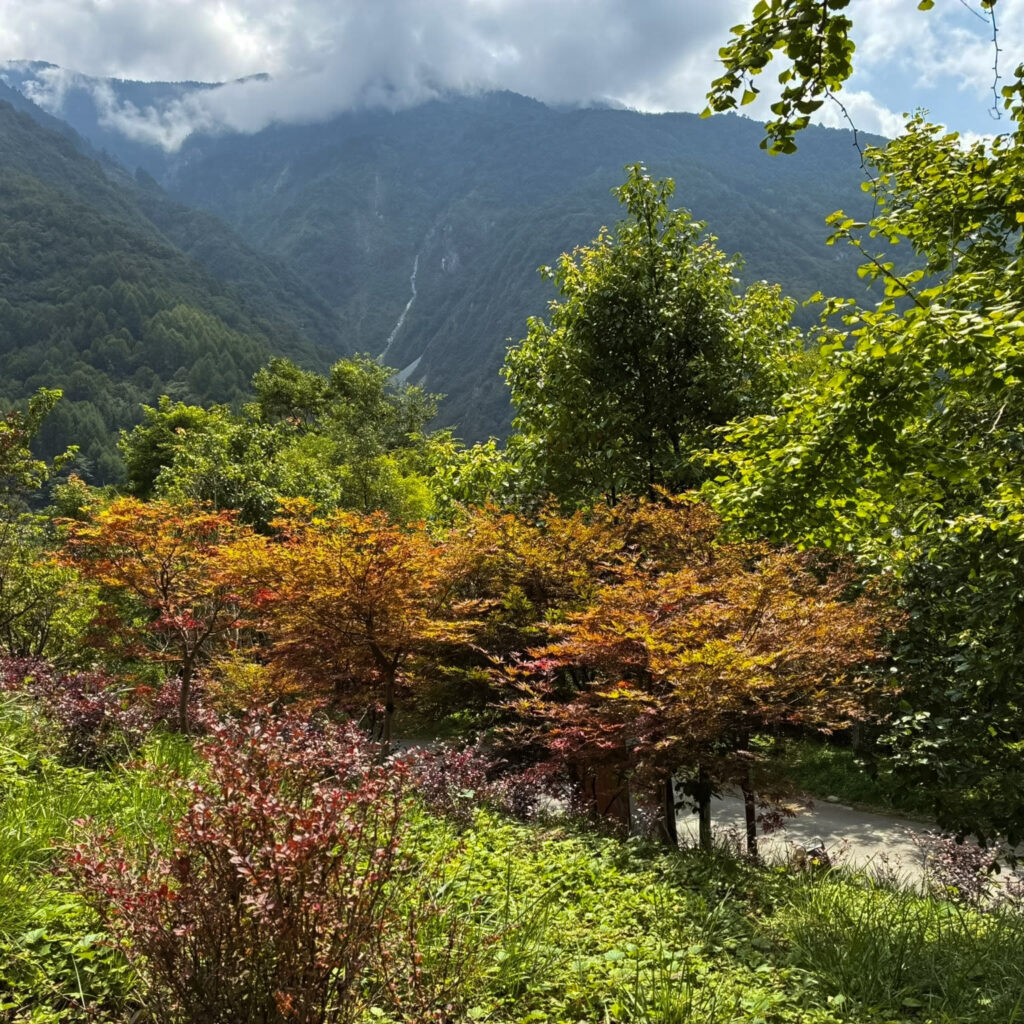
A bit about Wolong National Nature Reserve
Wolong Panda Reserve spans over 2,000 square kilometers. It was founded in 1963, and shelters over 150 wild giant pandas. According to its official statement, this reserve also protects other endangered species, including the red panda, golden snub-nosed monkey, and clouded leopard. A devastating earthquake nearly destroyed this reserve in 2008; however, it was subsequently rebuilt and modernized. Today, it is a proud representation of China´s dedication to protecting its national treasure from extinction.
Top Things to Do at Wolong Panda Reserve
1. Experience Giant Pandas in Semi-Wild Enclosures
Visitors can watch pandas up close as they climb trees, roll around, gambol, nap, and munch bamboo in beautifully maintained natural surroundings. Early mornings (feeding times) are best for observation.
2. Join a Panda Volunteer Program
Few experiences match the joy of feeding a panda or cleaning its enclosure under the supervision of caretakers. The volunteer programs, ranging from half-day to week-long, allow you to directly contribute to panda conservation.
3. Explore the Wolong Valley Trails
Wolong is not just about pandas — it’s a paradise for hikers. Trails wind through lush bamboo forests, glacial rivers, and mist-covered peaks. Birdwatchers will love spotting rare species in the Shenshuping Panda Base area. Check with the reserve’s officials before starting the hike.
4. Visit Local Tibetan and Qiang Villages
Cultural immersion completes the experience. Stay in small guesthouses or homestays where locals serve home-cooked Sichuan dishes and share traditional dances, crafts, and stories.
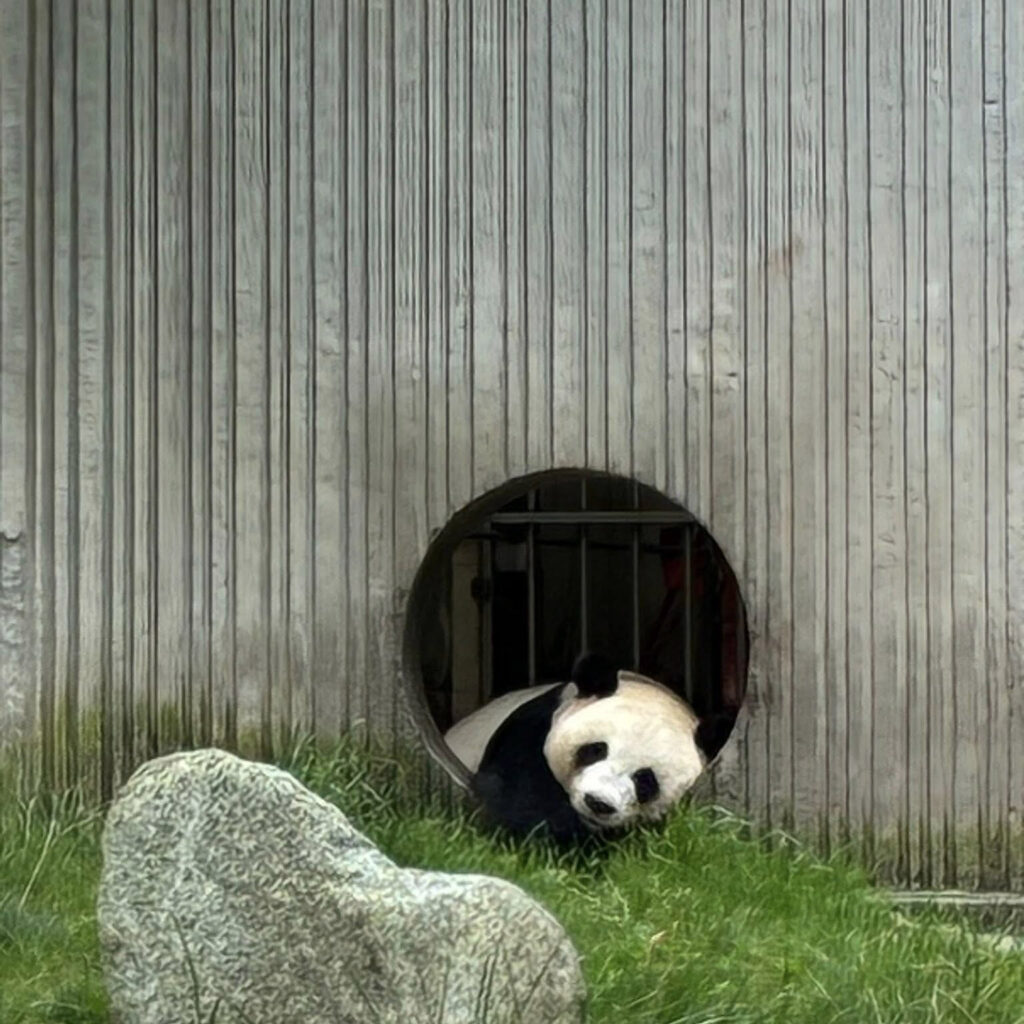
Best Time to Visit Wolong
- Spring (April–June): Mild weather, lush vegetation, and active pandas.
- Autumn (September–November): Crystal-clear skies and colorful forests—ideal for photographers.
- Avoid winter if you’re not used to cold, as temperatures can drop sharply in the mountains.
How to Get to Wolong
- From Chengdu: Wolong lies about 120 km (3–4 hours) west of Chengdu. Private car hire or small-group tours are the most comfortable options.
- By Public Bus: Buses from Chengdu to Xiaojin or Siguniangshan stop at Wolong. However, check schedules in advance, as routes can change with weather and roadwork.
- Tip: Combine your trip with a stop at Dujiangyan Panda Base or Mount Siguniang, often called “the Alps of Sichuan.”
Eco-Tips and Travel Advice
- Respect panda enclosures — no flash photography or loud noises.
- Book volunteer programs through official channels only.
- Pack warm clothes and rain gear; mountain weather is unpredictable.
- Stay overnight to enjoy the tranquil forest and starry skies.
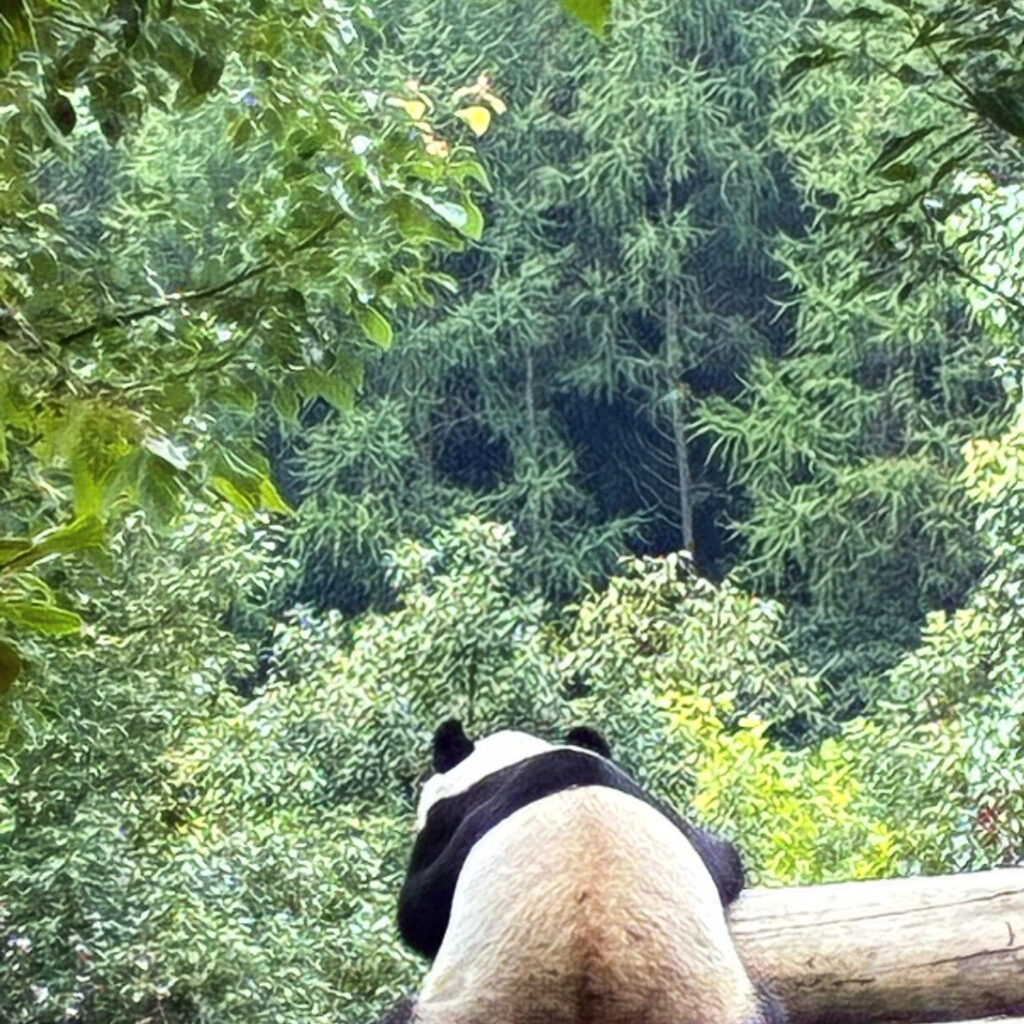
Where to Stay in Wolong
- Wolong Panda Base Guesthouses – Comfortable, eco-friendly stays within the reserve.
- Local Tibetan Homestays – A chance to taste homemade yak butter tea and immerse in local hospitality.
- Siguniangshan Town (1 hour away) – Offers boutique hotels and mountain views for travelers seeking more comfort.
Visiting Wolong Panda Reserve is not just a trip — it’s a journey into China’s wild heart. Between the emerald bamboo forests, crisp mountain air, and playful black-and-white pandas, it’s easy to understand why this reserve holds a special place in the world’s collective imagination.
Whether you come to volunteer, photograph, or simply admire, Wolong will leave you with a profound appreciation for nature, conservation, and the quiet magic of Sichuan’s mountains.

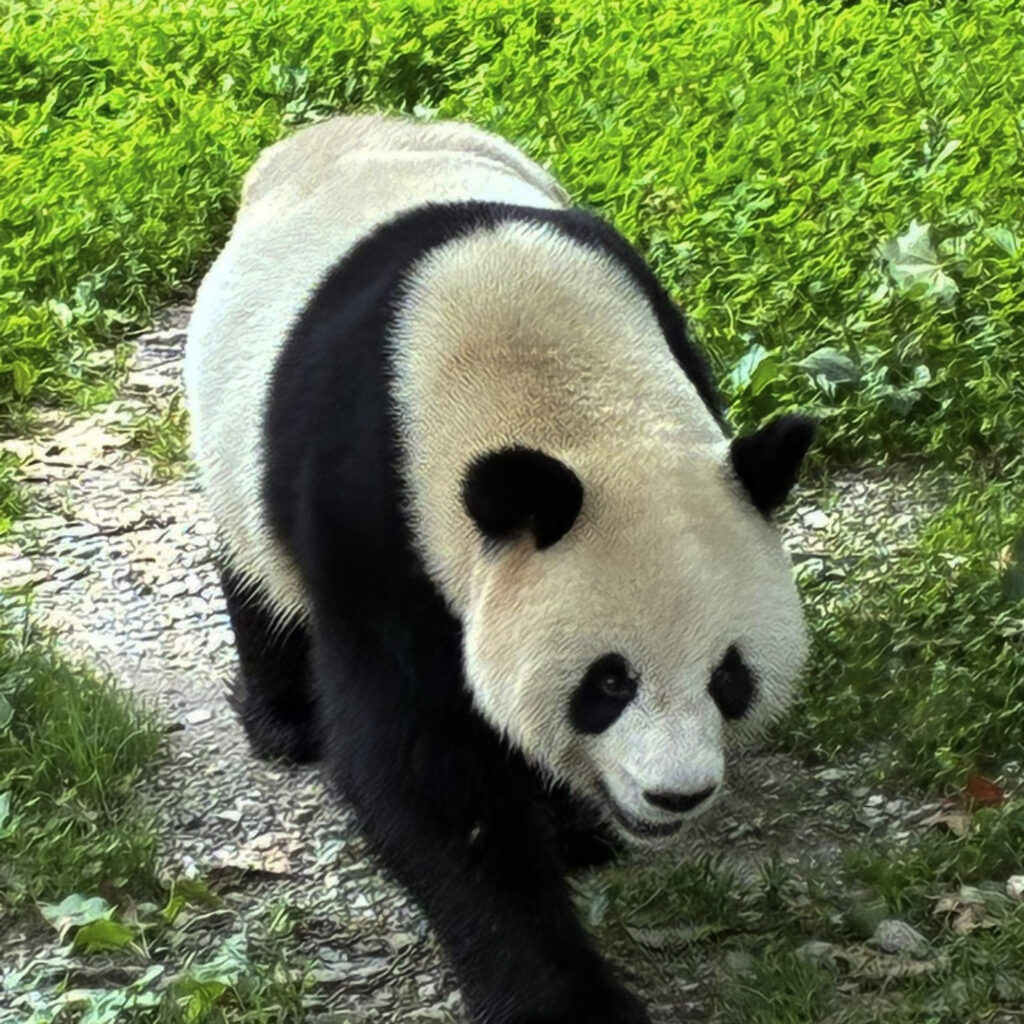
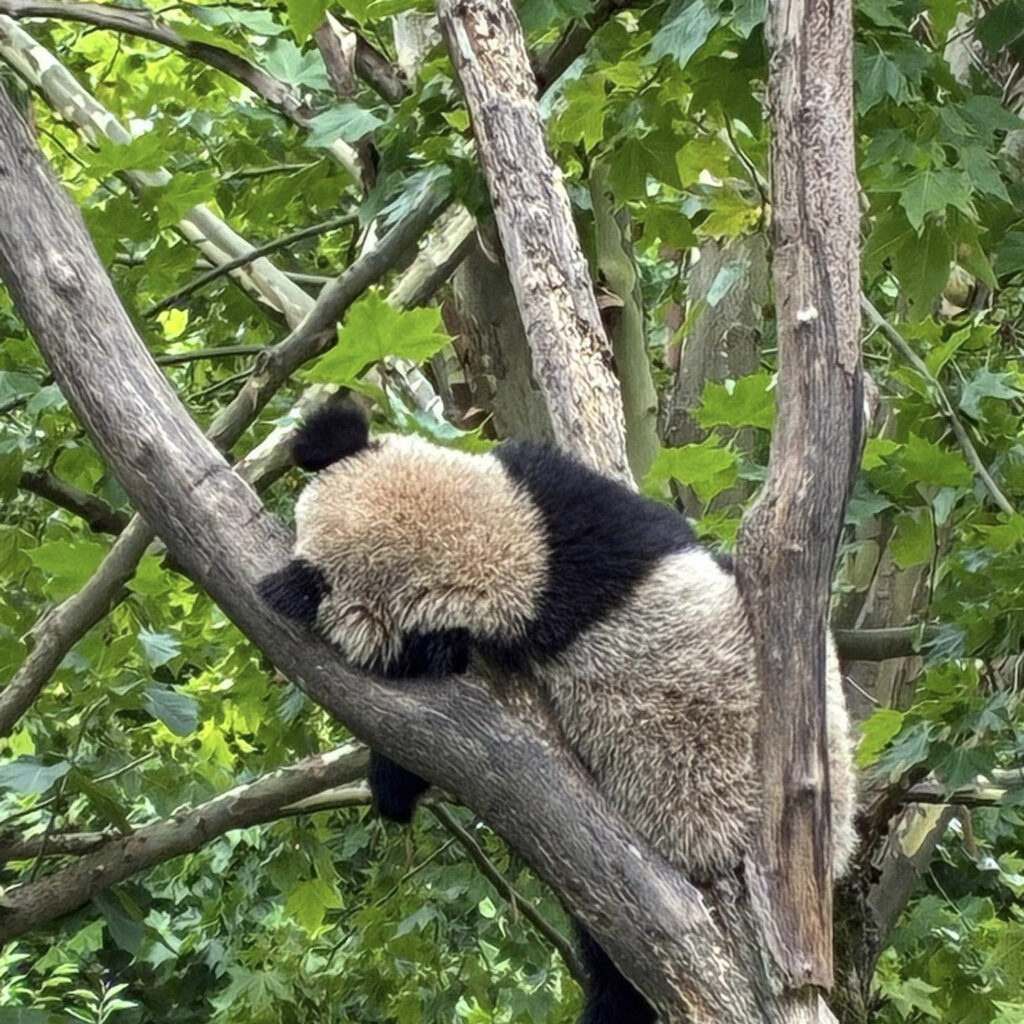

Follow the rest of the China series
RESPONSIBLE TRAVELING-BECAUSE I CARE


